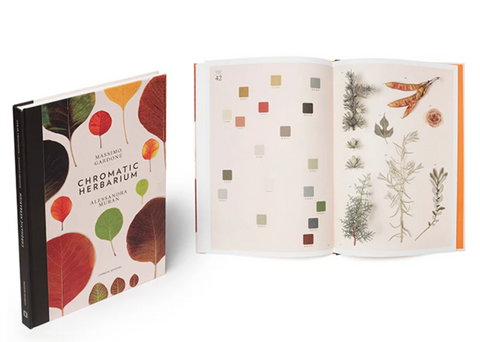


Atelier Blumer
Seven Automatic Architectures and other exercises / Sette architetture automatiche e altri esercizi
Corraini Editore, Mantova — 2018
“From an established condition in history, where the architecturalwork has always been seen as “immovable”, now the same work finds its rationale in mobility, as exemplified by the fascinating automatic prototypes in dispay.” Mario Botta
The exhibition “Seven Automatic Architectures and other exercises” by the Atelier Blumer inaugurates the Theater of Architecture, the new exhibition structure designed by Mario Botta with its headquarters in Mendrisio. Hosted until the end of May 2018 in a place designed to be in close dialogue with the Academy of Architecture, the exhibition itself focuses on the concept of dialogue, interference indeed between multiple disciplines that are not usually seen in a direct link with the architectural work, but having actually a leading role in expressing the reality in its continuous movement. The automatic machines exhibited and conceived by the students of Blumer – in collaboration with the Istituto Dalla Molle of Studies on Artificial Intelligence, are based on the use of their body as an integral part of the architecture, which determines its transformations.
The volume documents the projects realized through images, technical data papers and the concepts’ narration. Introduction by Gabriele Neri; with an interview with Riccardo Blumer.
Riccardo Blumer, winner of the Compasso d’Oro in 2003, graduated in architecture at the Milan Polytechnic. After working with Mario Botta, he taught at the Academic of Mendrisio, of which he is now director and where he puts into practice with his students an approach and a method of knowledge that finds the foundation in experimentation and experience.
